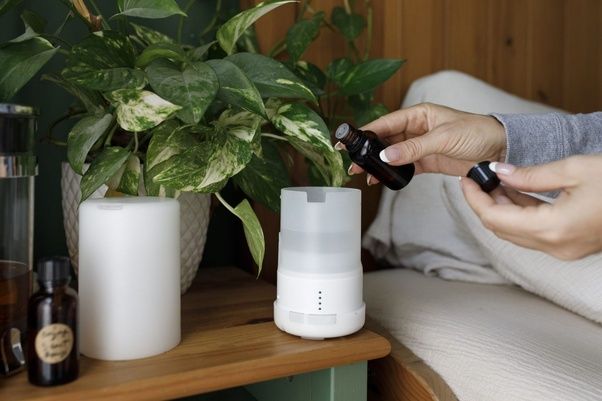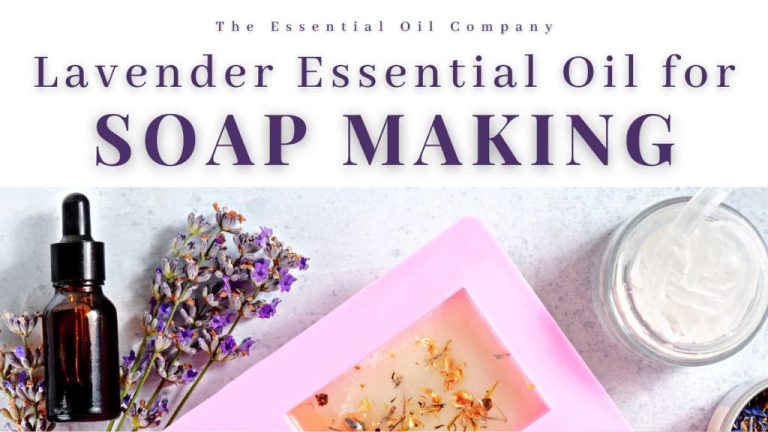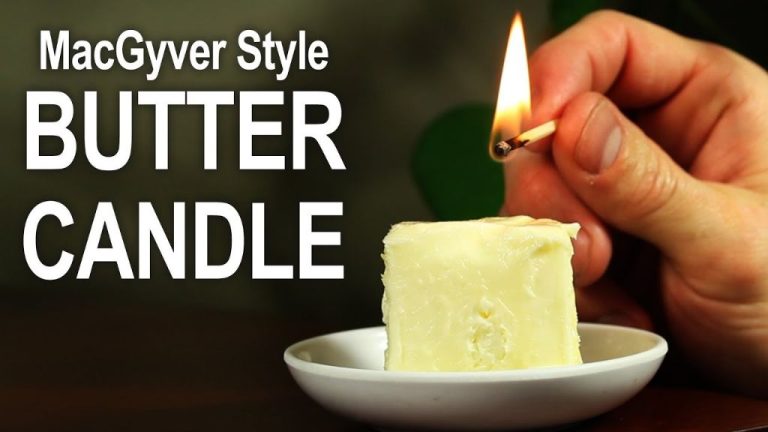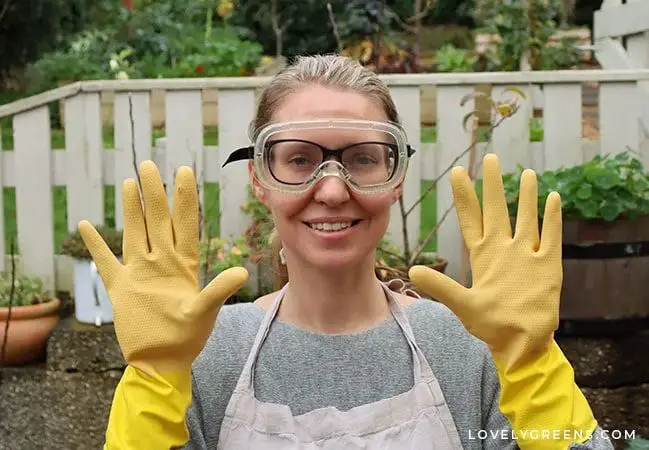Can You Use Any Glass Jar For Reed Diffuser?
What Are Reed Diffusers?
A reed diffuser is a home fragrance system that uses reeds and essential oils to scent and freshen indoor air. Reed diffusers consist of a glass vessel filled with fragrance oil into which reeds are inserted that wick up the oil through capillary action. The reeds help disperse the scent into the surrounding air through evaporation and diffusion.
Reed diffusers provide an alternative to burning candles or using plug-in air fresheners. They offer a more natural and subtler way to scent a room compared to other home fragrance methods. Reed diffusers allow you to control the strength of the fragrance by adjusting the number of reeds inserted in the oil. They also provide continuous fragrance without needing to be sprayed, lit or plugged in.
The origins of reed diffusers trace back centuries to ancient Egypt, China and Europe as early forms of aromatherapy and home fragrance. Reed diffusers were later popularized in the modern era by French chemist René-Maurice Gattefossé in the early 20th century. Today, reed diffusers remain a popular method to naturally scent homes, offices, and other indoor spaces.
How Do Reed Diffusers Work?
Reed diffusers utilize fragrance oils and a simple process called capillary action to diffuse scent into the air. The main components of a reed diffuser are:
– Fragrance oils – Reed diffusers use specially formulated fragrance oils that are lighter and diluted compared to pure essential oils or perfumes. This allows the scent to diffuse into the air more readily.
– Reeds – These are sticks made from rattan, bamboo, or other natural, absorbent materials. The reeds soak up the fragrance oil through capillary action.
– Glass or ceramic vessel – This holds the fragrance oil and reeds. It allows the lower part of the reeds to soak in the oil while the upper part is exposed to the air.
Capillary action is the ability of a liquid to flow upward within the spaces of a porous material, such as reeds. As the oil saturates the lower section of the reeds, it slowly evaporates from the exposed upper section and diffuses into the surrounding air. This creates a pleasant, subtle scent in the room.1
The fragrance oils in reed diffusers are typically a proprietary blend of synthetic and/or natural fragrance compounds diluted in a lightweight carrier oil. This allows gradual, consistent diffusion compared to pure essential oils.
Factors That Affect Diffusion
The diffusion rate of a reed diffuser depends on several key factors related to the jar and reeds.
The shape of the jar plays an important role. Tall, narrow jars allow the fragrance to diffuse upwards in a concentrated stream. Wide jars spread the scent more broadly. Cylindrical jars offer a balance of height and width.
The size of the opening also matters. A narrow opening concentrates the fragrance as it exits the jar. A wide opening allows more scent to diffuse out at once. Most experts recommend an opening between 1-3 inches across.
Finally, the material and thickness of the reeds impacts diffusion. Thicker reeds last longer but diffuse scent more slowly. Thinner reeds diffuse fragrance faster, but need to be replaced more often. Natural rattan and bamboo reeds work well for most home diffusers.
By selecting the right jar shape, opening size, and reed material, you can fine tune a reed diffuser to achieve the perfect fragrance diffusion for any space. https://naturesnurtureblog.com/essential-oil-reed-diffusers/
Choosing the Right Jar
When selecting a jar for your reed diffuser, the material, size, shape, and stability are key factors to consider. Glass is the most common and recommended material for diffuser jars. Glass allows the fragrance to diffuse evenly and prevents the essential oils from interacting with the vessel material. According to sources, glass “doesn’t distort the fragrance like plastic materials can” (Mastering the Art of Reed Diffuser Sticks).
The ideal size for a reed diffuser jar is around 100-250 ml. Smaller jars less than 100 ml may not allow enough fragrance oil for adequate diffusion. Larger jars over 250 ml can take too long to diffuse the oil. Opt for a wide jar opening of at least 2 inches across. This allows more fragrance to diffuse outwards. Tall, narrow openings limit diffusion to straight upwards.
Aim for a stable, flat-bottomed jar that won’t easily tip over. Rounded or curved jars can wobble and spill. Consider a jar with a wide base for stability. Avoid ornate shapes and designs that sacrifice function. The simpler the better.
Avoiding Common Mistumes
There are a few common mistakes that can lead to a reed diffuser not working properly or losing its scent quickly. Using the wrong type of oil is one of the biggest issues. Essential oils and fragrance oils specifically formulated for reed diffusers will provide the best scent. Other oils like vegetable or coconut oil will not diffuse well [1].

Another problem that can weaken or stop the scent is clogged reeds. Oil and dust particles can build up on the reeds over time, preventing the fragrance from diffusing into the air. The reeds should be flipped or replaced regularly to avoid clogging. It’s also important not to let the oil level get too low, which can lead to dry, non-functioning reeds [2].
Finally, the scent itself may simply become weaker over time. Reed diffusers gradually diffuse the fragrance until it’s gone. If it’s been several weeks or months, the oil may have simply lost its potency. Adding more oil or starting with a new reed diffuser can help revive the scent.
DIY Reed Diffuser Jars
One of the best parts about making your own reed diffusers is getting creative with the vessels. Instead of buying a plain glass jar, you can upcycle and decorate all kinds of containers to give your diffuser a unique, homemade look. Here are some fun DIY jar ideas:
Upcycle glass jars from your pantry – Clean out empty jam, sauce, or pickle jars thoroughly and remove any labels. Decorate the jars by painting them, gluing on ribbons or fabric, or using decorative duct tape.
Reuse frosted glass jars or vases – These look beautiful when holding reed diffusers. Frosting helps diffuse the fragrance. You can find frosted jars at thrift stores.
Fill colored bottles or bud vases – Colored glassware in any shape adds a nice pop of color. Look for interesting shapes like fluted vases or rounded bottles.
Decorate with artificial flowers & gems – Glue or wire flowers, leaves, or gems to the outside of plain glass jars. This dresses up a basic container.
Make crafty jars from drinkware – Repurpose pint glasses, mugs, or Mason jars. Affix ribbon handles or burlap bows for a shabby chic look.
The options are endless when making DIY reed diffuser jars. Let your creativity run wild!
Jar Options to Consider
When choosing a jar for your reed diffuser, you have several options to consider. Here are some of the most common types of jars used:
Glass Jars
Clear glass jars are the most traditional choice for reed diffusers. The transparency allows the fragrance oil’s color to show through beautifully. Glass also gives a clean, elegant look. However, it can easily break if knocked over. Look for thick, durable glass jars.
Ceramic Jars
Ceramic jars are attractive and sturdy. They come in a variety of shapes, sizes and designs. Ceramic diffuses oil well but the opaque material won’t let the color show through. Unglazed ceramic is very porous and can absorb some of the fragrance oil.
Metal Tins
Metal tins like aluminum, copper or stainless steel have an industrial chic look. They won’t break if dropped. However, the metal can react with some fragrance oils and alter the smell. Make sure the tin has a lining or coating to prevent this.
Natural Wood
Containers made from wood materials like bamboo, rattan or pine can give a rustic or bohemian feel. Wood looks attractive but absorb fragrance oils more readily than glass or metals. Make sure to coat or seal the inside to prevent excessive oil loss.
Other Reed Diffuser Vessels
While glass jars are the most common vessel used for reed diffusers, there are other material options to consider as well:
Ceramic: Ceramic containers are another popular choice for reed diffusers. Ceramic is durable, attractive, and provides a similar aesthetic to glass. Make sure to choose high-quality ceramic that is glazed to be non-porous. Some examples of ceramic vessels that work well include vases, jars, and bowls. [1]
Metal: Metal reed diffuser vessels are a sleek, modern option. Tin, aluminum, stainless steel, and other metals can be used. Look for containers that will not rust or corrode when exposed to fragrance oils. Metal diffusers provide an industrial chic look. [2]
Wood: Wooden reed diffuser vessels provide a natural, rustic aesthetic. Ensure the wood is properly sealed to be non-porous and avoid warping or cracking. Wood choices like bamboo, maple, cedar, and pine can infuse additional aromatic qualities. [3]
The vessel material impacts the look and feel of the diffuser. Consider the visual style you want to achieve. But always opt for non-porous, high-quality materials to contain the fragrance oil properly.
Care and Maintenance
To keep your reed diffuser working well for a long time, proper care and maintenance is key. Here are some tips for cleaning, refreshing the oils, and caring for the reeds:
It’s a good idea to clean the glass vessel every couple of months. Use warm water and a mild soap to wash away any oil residue that has built up over time. Make sure to rinse and dry the jar thoroughly before refilling (source).
The diffuser oil will start to lose its scent after about 4-6 weeks. At that point, you’ll want to refresh the oil to bring back the aroma. Carefully pour out any remaining oil and wipe the inside of the jar clean. Refill with fresh oil according to the diffuser instructions. Rotating between a couple different scents can help extend the life of the oils.
Over time, dust and dirt can build up on the reeds, making it harder for them to diffuse the fragrance. You can use scissors to trim off the bottom 1/2 inch of the reeds to remove any clogged sections. This will allow the reeds to soak up and diffuse the oil more effectively (source).
Safety Tips
When using reed diffusers, it’s important to keep some safety precautions in mind:
Keep reed diffusers out of reach of children and pets. The fragrance oils can be toxic if ingested, so it’s best to place diffusers up high and out of the way.
Make sure there is proper ventilation in the room when using a diffuser. Diffusers release chemicals and fragrances into the air which can build up over time in enclosed spaces. Open windows or run fans to allow for air circulation.
Avoid prolonged, direct inhalation of diffuser scents. Don’t lean over or hover near a diffuser when the fragrance is actively dispersing. Take breaks from strong scents if you experience headaches or nausea.
Stop using a diffuser if you have an adverse reaction to the scent. Certain oils and chemicals can trigger asthma, allergies, and breathing issues in some individuals.
Research oil and fragrance ingredients if you have health concerns. Many brands now offer more natural, non-toxic diffuser options.
Never add water or fragrance oils directly over flames, stovetops, or other ignition sources due to flammability. Take proper precautions.
As with any home fragrance product, it’s smart to follow basic usage and handling guidelines when using reed diffusers. This will maximize enjoyment while minimizing potential risks.




